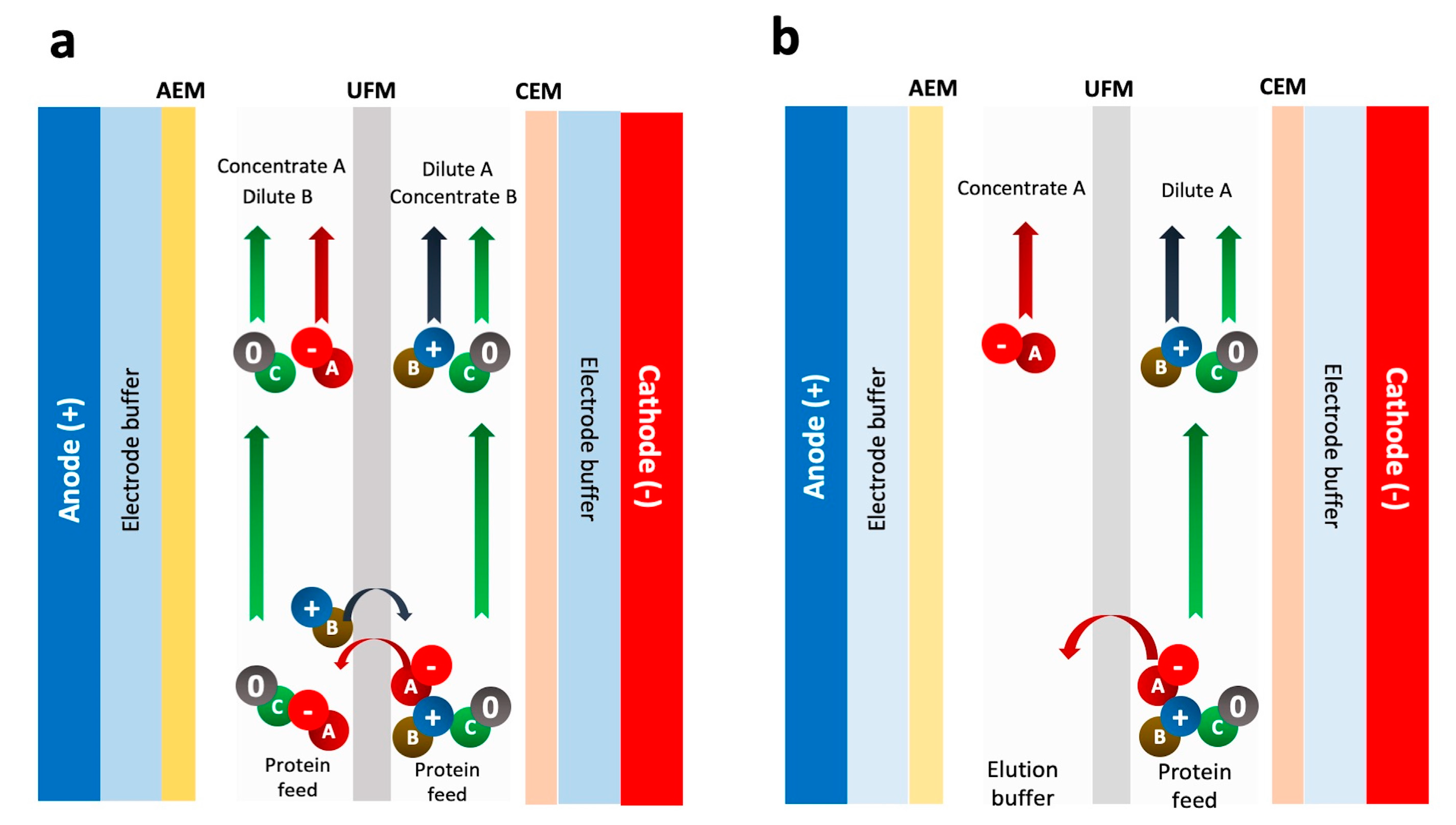


In the Library menu, select Find Duplicates.Select the fields to be compared, then click Apply.From the Edit menu select Preferences, then Duplicates.The accuracy of duplicate removal can be improved by working through a series of different combinations of fields to compare. This is particularly useful if a number of different databases have been searched, for example in a literature or systematic review. There are lots of video guides, on the EndNote YouTube channel, but here's one to get you started which takes you through the key features of EndNote in 7 minutes:Įndnote can be used to help remove duplicate references. The following guides are available from the Medical Library:Ī useful set of guides is available from EndNote. It takes a lot of the hard work out of formatting references, leaving you more time for writing and less time stressing about the punctuation. Share your Endnote library with other researchers.Back up your Endnote library using Endnote Online.Insert references into Word and PowerPoint.

Organise your sources using groups, tags, and filters.Collaborate with other researchers online.Create and manage citations of books, articles, videos, and more.The pollutants concentration in the permeate was met the quality standards of the Indonesian health department through the decision of the Minister of Health number 907 of 2002 concerning supervision of the quality of drinking water.EndNote is a reference manager that can help you organise your research and collaborate with others online. The maximum rejection of iron was 62.24% and 21.62% for adsorbent fly-ash, UF membrane respectively. The maximum rejection of zinc was 91.67%, 59.70%, and 14.81% for adsorbent fly-ash, UF membrane, and RO membrane respectively. The maximum rejection of turbidity was 24.26%, 95%, and 67.89% for adsorbent fly-ash, UF membrane, and RO membrane respectively. Whereas at the hybrid membrane UF-RO, the rejection concentration of turbidity, zinc, and iron increased with increasing the flow rate. The rejection concentration of turbidity, zinc, and iron decreased with increasing the flow rate at adsorbent fly-ash. The applied flow rate of membrane separation was of 7 L/min and 14 L/min and the operation time was of 90 min respectively. In this research was analyzed the effect of flow rate of wastewater treatment to remove turbidity, zinc, and iron. This research was conducted to treat rubber industry wastewater by using fly-ash as an adsorbent and hybrid membrane UF-RO to produce clean water.


 0 kommentar(er)
0 kommentar(er)
